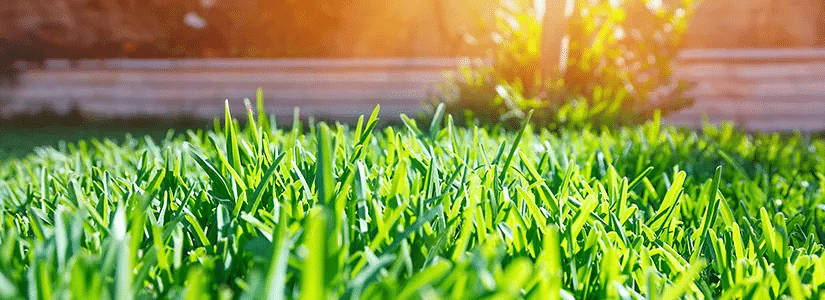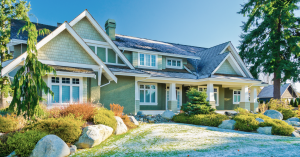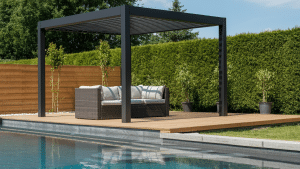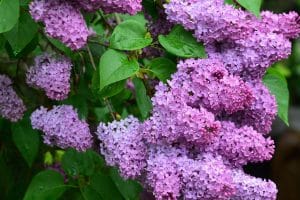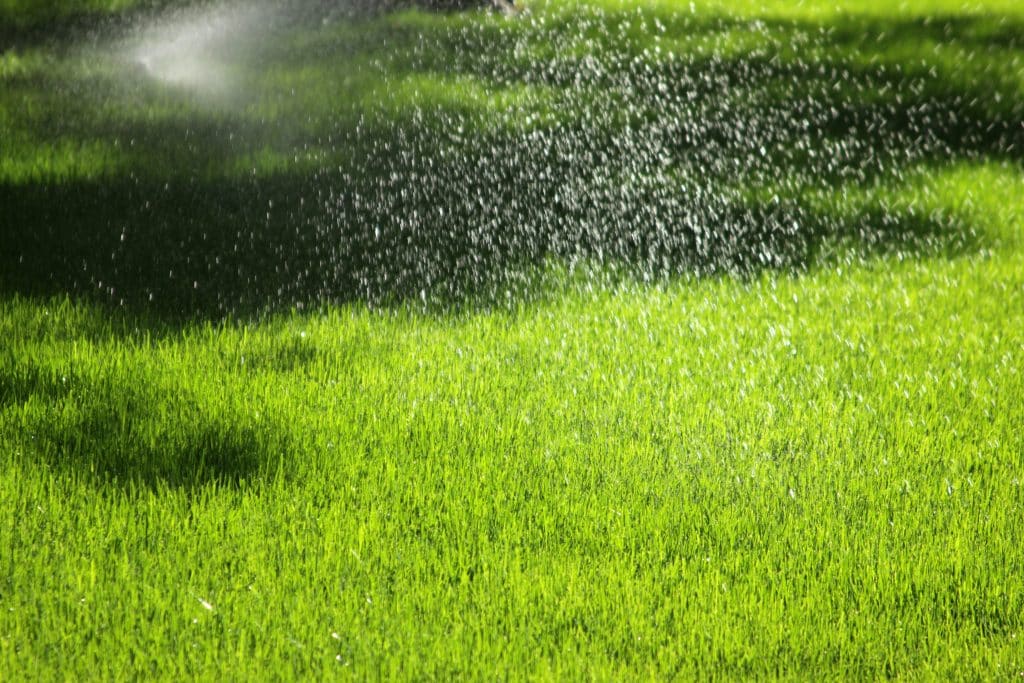
A lush, green lawn is the gold standard for curb appeal—and often the envy of the neighborhood. But achieving that picture-perfect lawn requires more than just regular mowing and watering. One of the most important decisions you’ll make is choosing the right type of grass for your climate. Understanding whether your lawn needs a warm-season vs. cool-season grasses is the first step to long-term success.
The Key Difference: Temperature Tolerance
At the most basic level, grass types are split into two categories: warm-season and cool-season. The grass type depends on how each type responds to temperature.
Cool-season grasses thrive in cooler weather, typically growing best between 50°F and 75°F. These grasses are most active during spring and fall, slowing down or going dormant during the hot summer months. They’re common in northern states like New York, Pennsylvania, and Illinois.
Warm-season grasses thrive in heat. They perform best between 80°F and 95°F and love full sun, long days, and tropical conditions. These grasses are well-suited for southern climates like Texas, Georgia, Alabama, and Mississippi. They grow vigorously in late spring and summer but go dormant and turn brown once cold temperatures hit.
The scientific reason for this difference is their photosynthesis process. Cool-season grasses are C3 plants, and warm-season grasses are C4. But unless you’re a botanist, you don’t need to dive into the biology. Just remember:
- Cool-season grass = cooler weather
- Warm-season grass = hotter climates
Examples of Popular Grass Types
Let’s look at some of the most commonly used grasses in each category.
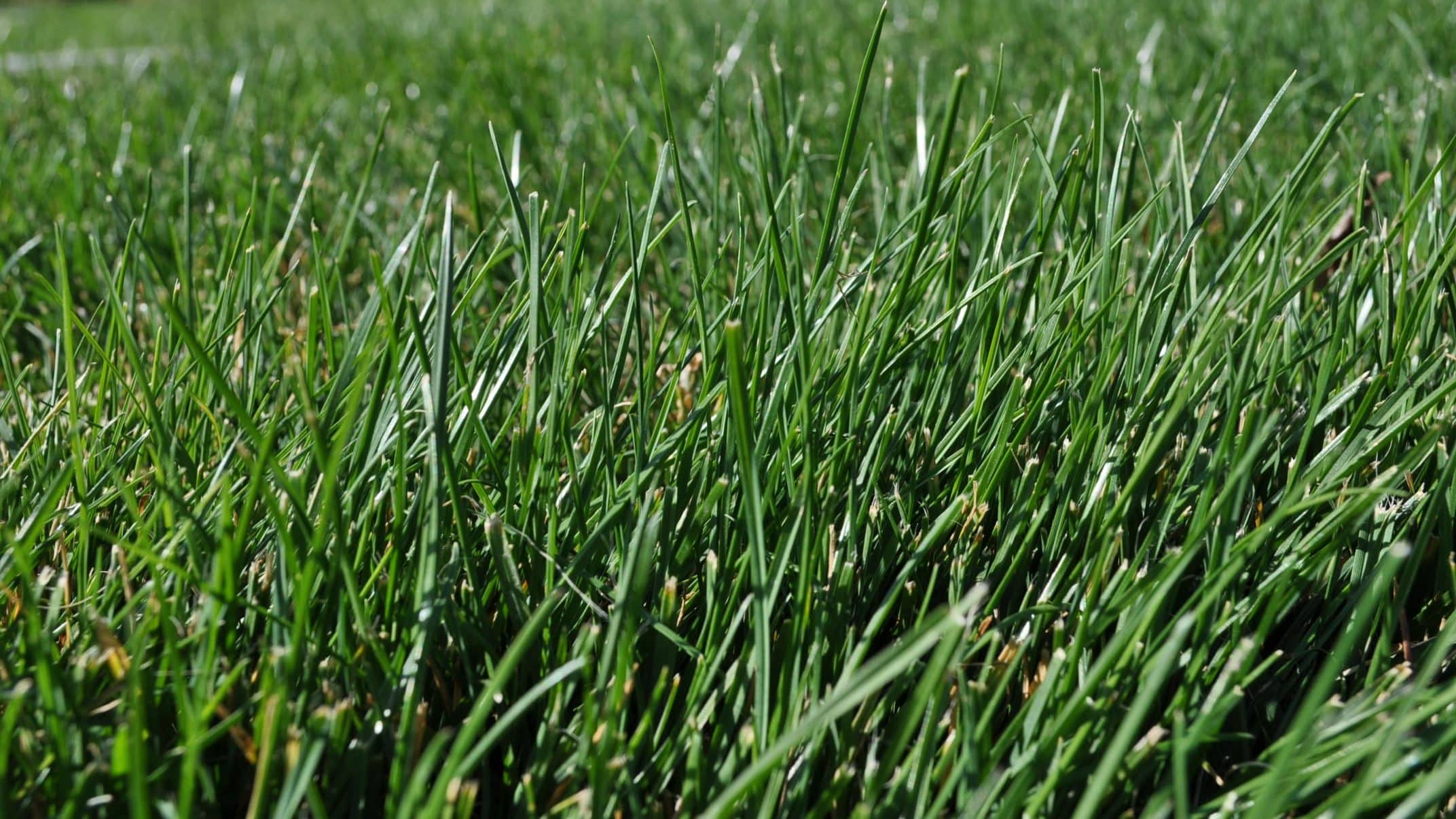
Cool-Season Grasses:
- Tall Fescue: Hardy, shade-tolerant, and well-suited for transitional climates.
- Kentucky Bluegrass: Known for its fine texture, dark green color, and ability to self-repair through underground rhizomes.
- Perennial Ryegrass: Fast germination, making it ideal for overseeding warm-season lawns in winter.
- Fine Fescues (Chewings, Hard, Red): Great for shady lawns; low maintenance.
- Bentgrass: Often seen on golf courses; beautiful but high-maintenance.
Cool-season grasses are often found in the northern U.S. They are also used in the South for temporary winter coverage by overseeding.
Warm-Season Grasses:
- Bermudagrass: Heat-loving and fast-growing, perfect for full-sun areas in the South.
- Zoysiagrass: Dense, slow-growing, and tolerant of foot traffic—ideal for busy lawns.
- Buffalograss: Low-maintenance and drought-resistant, best for dry areas like Texas.
Warm-season grasses are the go-to for Southern landscapes thanks to their durability and love for heat.
Where Does Each Type of Grass Grow Best?
Cool-season grasses grow best in places with four seasons and cool to mild summers. Good examples are Oregon, Illinois, and Pennsylvania.
Warm-season grasses are ideal for hot, humid states like Florida, Georgia, and Louisiana. These grasses thrive during long summers and can handle extreme heat.
The transition zone, spans areas like Tennessee, the Carolinas, and northern Georgia. These regions experience both warm and cool conditions, making it tricky to commit to just one grass type. Grass blends or seasonal overseeding may be necessary to help your lawn in this zone.
Pro Tip: If you live in the South, warm-season grass is usually your best bet.
To find out what grows best in your region, check your local USDA Plant Hardiness Zone here. This map helps you determine which grasses are most likely to thrive based on your climate.
How to Choose the Right Grass for Your Lawn
Choosing a grass type isn’t just about your location—it’s also about the specific conditions of your lawn. Ask yourself:
- What’s your climate like year-round?
- How hot does your lawn get in summer—especially in the afternoon?
- Does your lawn get full sun, partial shade, or full shade?
- What’s the soil type—sandy, clay-heavy, or loamy?
- Do you prefer low-maintenance turf or are you okay with regular upkeep?
If you live in a Southern state with long, hot summers and plenty of sunshine, warm-season grass is almost always the right choice. In shady yards or mixed climates, you may benefit from a blend or seasonal overseeding for year-round greenery.
Not Sure What Kind of Grass You Have?
If you’ve inherited a lawn or aren’t sure what’s growing, here’s how to identify it:
- Feel the texture: Cool-season grasses usually feel finer and softer, while warm-season types tend to be coarser and thicker.
- Watch the seasonal color: Grass that stays green in winter is likely cool-season or overseeded. If it turns brown in winter and greens up in late spring, it’s probably warm-season.
- Look at how the grass grows. Warm-season grasses spread through stolons, which are above-ground runners, or rhizomes, which are below ground. Cool-season grasses usually grow in clumps.
If you are unsure, reach out to a local lawn care expert. You can also bring a turf sample for help.
Seasonal Lawn Care Tips for Southern Lawns

Southern lawns need season-specific care to stay healthy.
Caring for Warm-Season Grasses:
- Spring–Summer: This is peak growing time. Begin fertilizing in late spring once growth is active. Mow regularly and water deeply but less frequently—most warm-season grasses tolerate drought well. Find additional tips here.
- Fall–Winter: Let the grass go dormant naturally. Stop fertilizing and reduce watering. It isnormal for the lawn to turn brown in winter.
Want year-round color? Overseed with Perennial Ryegrass in fall for a green lawn during the cooler months.
Caring for Cool-Season Grasses in the South:
This can be a challenge since these grasses struggle in high heat.
- Summer: Raise your mowing height to reduce stress. Water deeply in the early morning and avoid fertilizing during heatwaves.
- Fall–Spring: Take advantage of the cooler weather. Aerate, fertilize, and seed as needed to prepare for the summer ahead.
Aeration and Overseeding: When and Why
Aeration helps improve soil structure by loosening compacted soil, allowing air, water, and nutrients to reach the roots.
- Warm-season grasses: Aerate in late spring or early summer.
- Cool-season grasses: Aerate in early fall.
Overseeding helps thicken your lawn, fill in bare spots, and maintain color:
- In the South, overseeding with Perennial Ryegrass in fall keeps your lawn green through winter.
- Cool-season lawns may need fall overseeding to recover from summer stress and prepare for spring growth.
So… Warm or Cool Grass?
Here’s the main point: When considering warm-season vs. cool-season grasses, if you live in a warm Southern area, choose grasses like Bermuda, Zoysia, or Buffalograss. These grasses can handle the heat and long summers. If you want green plants in winter or have shady areas, think about overseeding. You can also use a cool-season blend in some spots.
Final Tips for a Lawn That Stands Out
- Know your grass. Every care decision starts here.
- Time your treatments. Fertilize, mow, and aerate based on the grass’s natural growth cycle.
- Don’t fear dormancy. A brown lawn in winter doesn’t mean it’s dead—just resting.
Choose the right grass for your region and give it the care it needs. Whether you’re planting Zoysia in Georgia or Bermuda in Texas, the right foundation leads to a healthy, standout lawn.
Find additional information in this document on warm-season vs. cool-grasses PDF.

